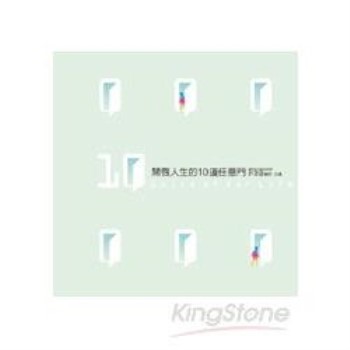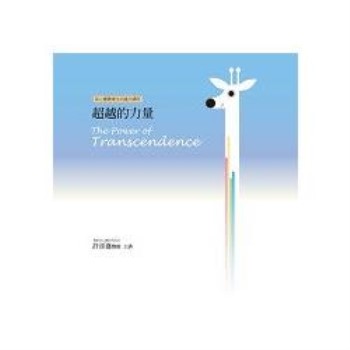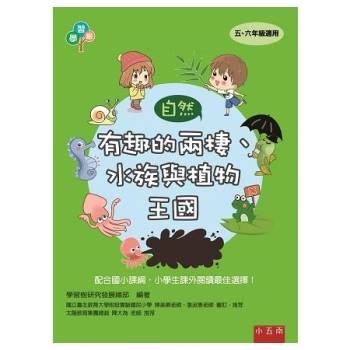This book explores how political power has shaped the elite and their development in North Korea by examining changes of the elite, their interactions, and specific elite figures, based on the transformation of the power structure and characteristics of the North Korean regime since August 1945.
As a socialist state where the party guides the state, the ruling core is the party cadre in North Korea. This book distinguishes the development of the North Korean power into five periods: power structuration of the Soviet forces (1945 to the late 1940s), socialist oligarchic power (late 1940s to mid-1950s), limited personal power (mid-1950s to late 1960s), personal power (late 1960s to mid-1970s) and patrimonial power (mid-1970s to the present). In parallel with the power factor, it also analyses four distinct generations, sorted based on their birth cohort and each cohort’s shared experience in its early youth, to explain their political development.
As an examination of the composition and internal dynamics of the North Korean elite, particularly those in the Korean Workers’ Party Central Committee, this book will be of interest to students and scholars of North Korea and Asian politics.

